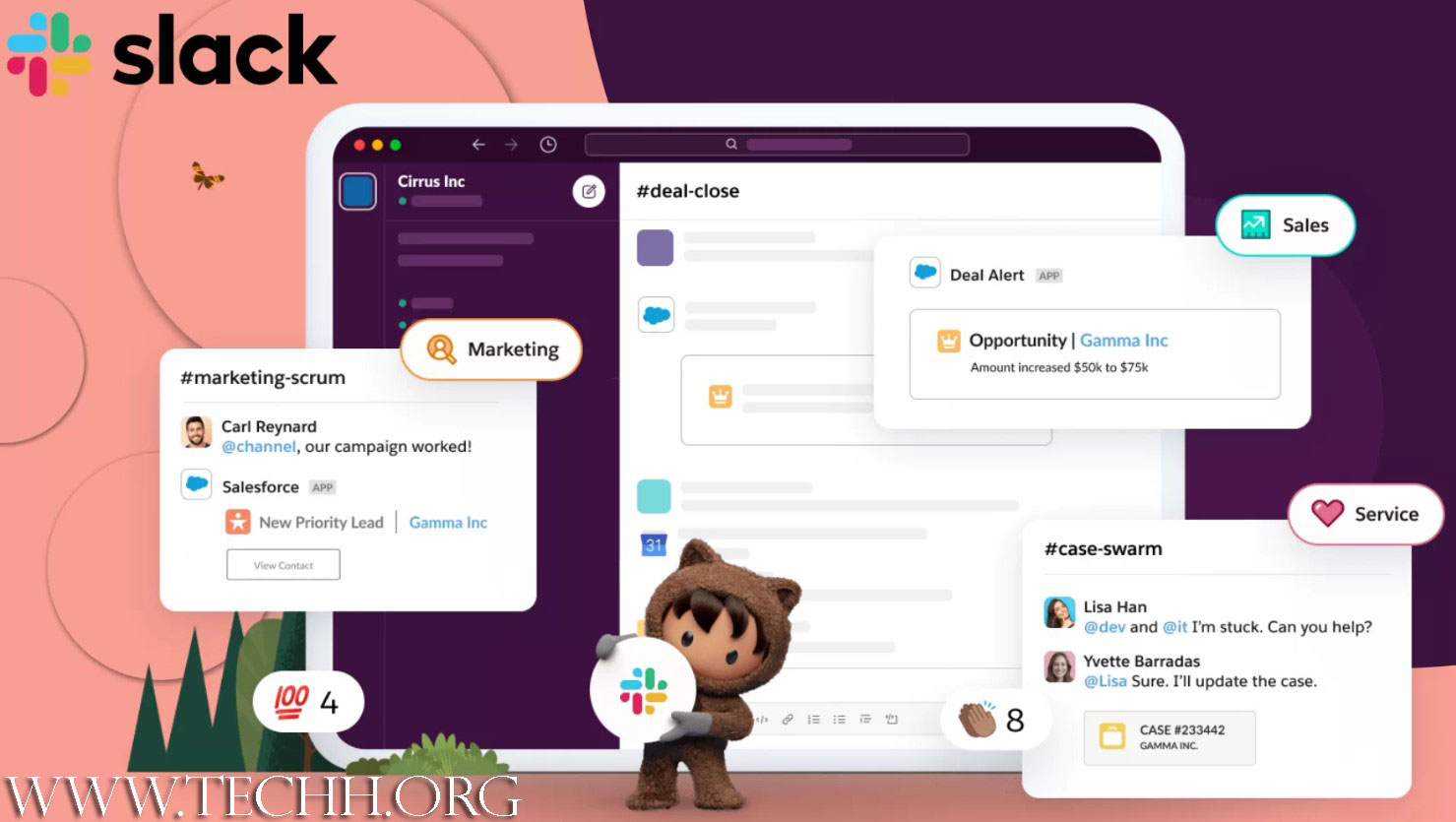Future of Software: Predictions and Upcoming Trends As we navigate through the digital era, the ever-evolving landscape of software development has kept pace, shaping industries and transforming the way we live, work, and interact. As technology continually redefines boundaries, understanding the forthcoming trajectories in software can offer insights into the potential shifts and opportunities of tomorrow. Here’s a glimpse into some predictions and upcoming trends in the world of software
1. Integration of artificial intelligence from (AI) and Machine Learning (ML).
AI and ML are not new; however, their assimilation into everyday software is still in its infancy. As computational power improves and algorithms mature, software will increasingly integrate AI and ML capabilities. This means personalized experiences for users, enhanced automation, and more intelligent decision-making processes for businesses. Software could soon predict users’ needs before they even realize them.
2. Quantum Computing’s Influence
Quantum computing, though still a budding field, holds promise to revolutionize the software industry. As quantum computers become more accessible, software will need to adapt to this new paradigm. Quantum algorithms will solve problems previously considered unsolvable, potentially reshaping sectors like cryptography, medicine, and logistics.
3. Augmented Reality (AR) and Virtual Reality (VR) Becoming Norms
While VR immerses users in a digital environment, AR overlays digital components onto the real world. Both technologies are set to redefine user experiences. From gaming and entertainment to education and healthcare, AR and VR will become integral parts of various software applications, offering more interactive and immersive experiences.
4. Edge Computing Surpassing Cloud Computing
With the proliferation of IoT devices, data processing needs are moving closer to the source: the devices themselves. Edge computing, which involves processing data closer to where it’s generated rather than in a centralized cloud-based system, will gain prominence. This approach reduces latency, enabling real-time data processing, which is crucial for applications like self-driving cars.
5. Cybersecurity Evolution
As software becomes more interconnected, vulnerabilities will inevitably arise. Future software development will place an even greater emphasis on cybersecurity. New methodologies and tools will emerge, focusing on proactive threat detection and real-time response. The integration of AI can further boost the defense mechanisms, predicting potential threats before they manifest.
6. Cross-platform Development’s Rise
The increasing need for software compatibility across various platforms and devices will spur the growth of cross-platform development tools. These tools allow developers to write code once and deploy it across multiple platforms, reducing development time and ensuring a consistent user experience.
7. Sustainable Software Design
Environmental concerns are influencing every industry, including software development. Developers will begin to focus on creating energy-efficient software that reduces the carbon footprint. This includes optimizing algorithms to require less computational power and designing software that utilizes hardware more efficiently.
8. Human-centric Software Design
Future software will prioritize the human experience more than ever. This means intuitive user interfaces, better accessibility features, and designs that cater to a diverse range of users. Software will not only be about functionality but also about enhancing the overall human experience.
9. Decentralized Applications (DApps)
Driven by blockchain technology, DApps are applications that run on a decentralized network rather than a centralized system. This trend will see a surge, offering benefits like enhanced security, open-source nature, and resistance to censorship. As trust in centralized entities wanes, the shift to decentralized systems will gain momentum.
10. Continuous Learning and Adaptation
With rapid technological advancements, software will need to continuously learn and adapt. This means software that can update itself in real-time, based on user feedback and environmental changes. This adaptive nature will ensure software remains relevant and efficient in an ever-changing digital landscape.
In conclusion, the future of software paints a picture of a world where technology and human experiences intertwine seamlessly. From quantum computations to human-centric designs, these predictions and trends showcase an exciting trajectory for developers and users alike. The challenge lies in harnessing these advancements responsibly and ethically, ensuring that the software of the future benefits all of humanity.





